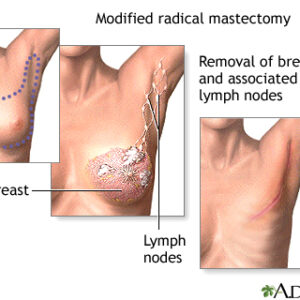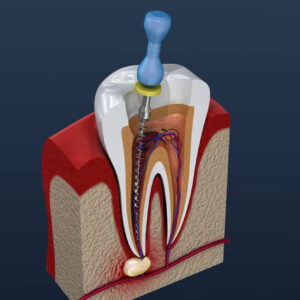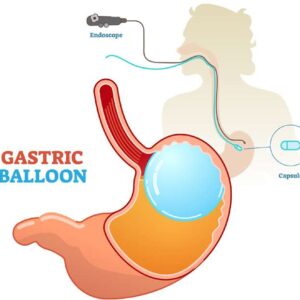Description
Familiarity with treatment
Pediatric cerebral palsy surgery involves a range of surgical procedures aimed at addressing the musculoskeletal issues associated with cerebral palsy, a group of disorders that affect movement and muscle coordination. The goal of surgery is to improve mobility, reduce spasticity, and correct deformities to enhance the quality of life for children with cerebral palsy.
Procedure
The specific surgical procedures for pediatric cerebral palsy depend on the individual’s needs and may include muscle lengthening, tendon transfers, osteotomies, and neurosurgical interventions to address spasticity. These procedures are aimed at improving muscle balance, reducing contractures, and enhancing overall function.
Who is it suitable for?
Pediatric cerebral palsy surgery is suitable for children who have:
- Significant muscle spasticity or contractures that are impacting their mobility and quality of life
- Joint deformities or skeletal abnormalities that are causing pain, discomfort, or functional limitations
- Inadequate response to non-surgical treatments such as physical therapy, orthotics, and medications
Who is it not suitable for?
Pediatric cerebral palsy surgery may not be suitable for children who:
- Have mild symptoms that can be effectively managed with non-surgical methods
- Have medical conditions that pose a high risk for surgery and recovery
- Have severe cognitive or medical impairments that may not benefit significantly from surgical intervention
Advantages
- Improved mobility and functional abilities
- Reduced spasticity and contractures, leading to increased comfort and independence
- Potential for improved posture and reduced risk of secondary musculoskeletal issues
Complications
Complications associated with pediatric cerebral palsy surgery can include:
- Infection
- Blood loss
- Nerve or blood vessel injury
- Overcorrection or undercorrection of the deformity
- Potential impact on bone growth in pediatric patients
Preoperative care
Preoperative care for pediatric cerebral palsy surgery involves comprehensive evaluation, including assessment of the child’s musculoskeletal issues, spasticity, and functional limitations. It also involves optimizing the child’s overall health and addressing any specific medical conditions to prepare for surgery.
Postoperative care
After pediatric cerebral palsy surgery, close monitoring for wound healing, pain management, and rehabilitation is essential. Physical therapy and exercises are crucial to aid in the child’s recovery and to promote mobility and strength. Long-term follow-up care is essential to monitor for any signs of recurrence of spasticity or contractures and to address any potential complications or issues related to the surgery.





Reviews
There are no reviews yet.